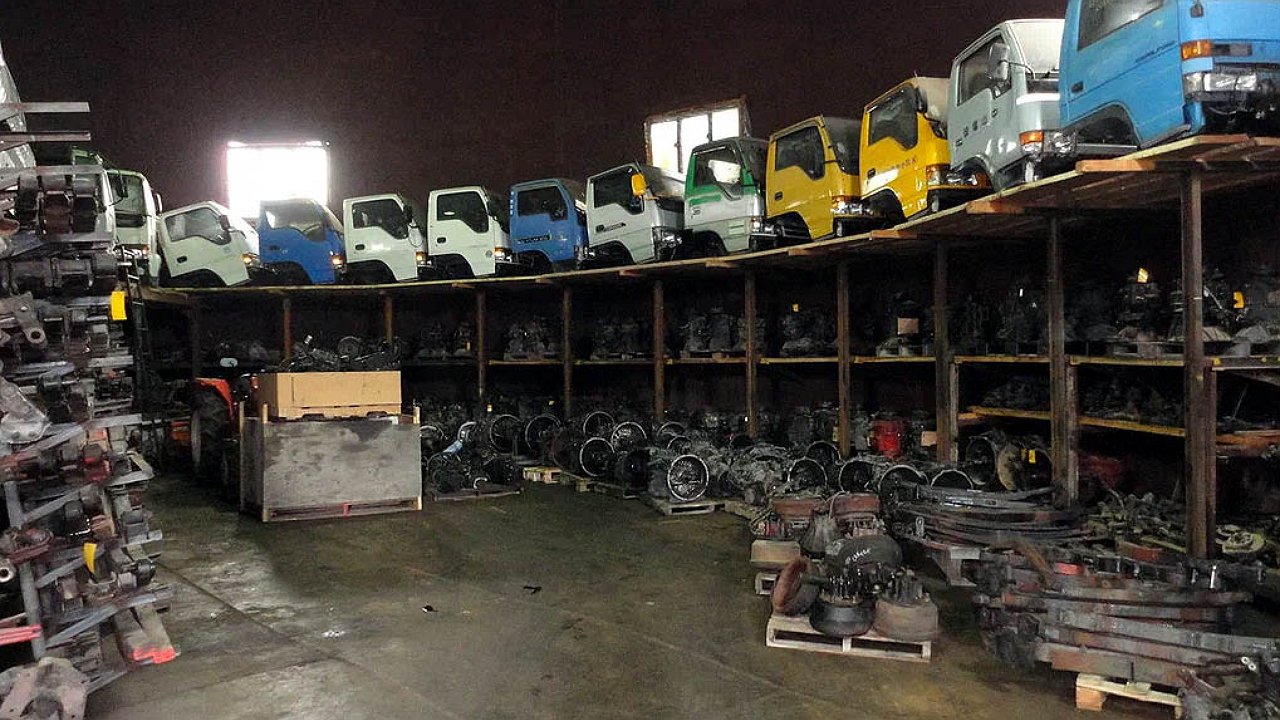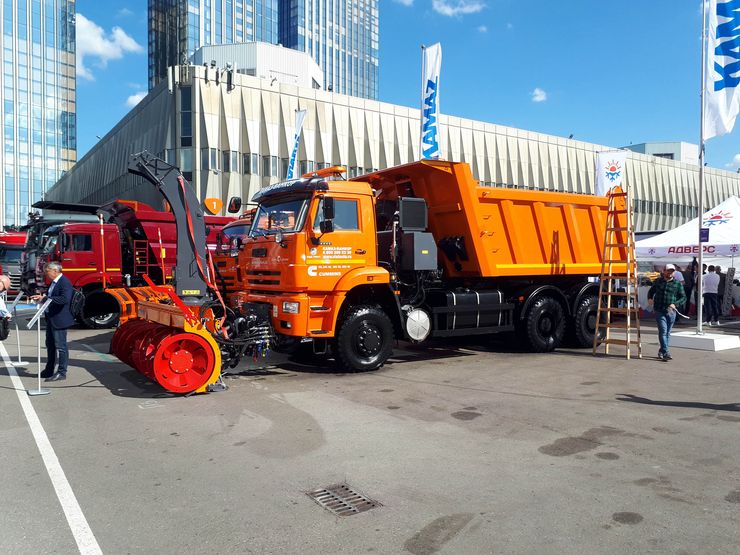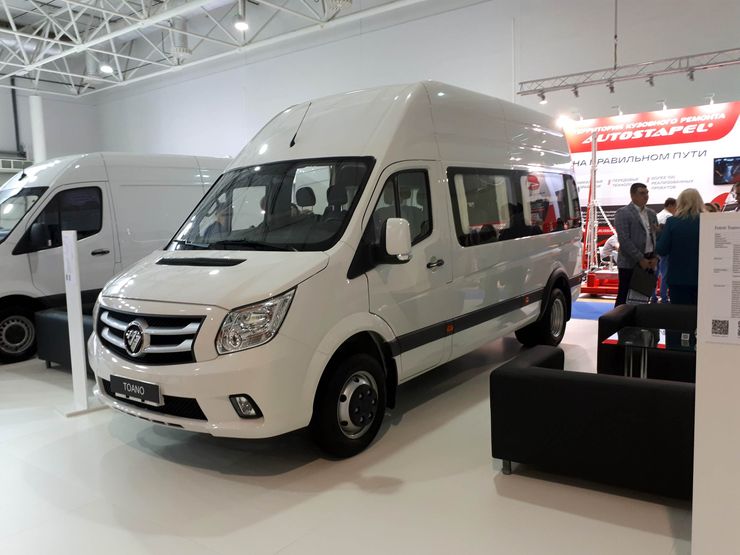The past year has disrupted the plans of many companies that specialize in freight transportation, work in the construction industry or use complex industrial equipment. About how business overcomes the crisis, even “stumbling” over such “little things in life” as the language barrier – in the material of the portal “AvtoVzglyad”.
Many market experts note that the increase in prices for spare parts, including for commercial vehicles, started during the pandemic, which no one remembers anymore. In Europe it launched a wave of rising prices for raw materials and therefore for production. As a result, prices in euros for most groups of goods, especially electronic components, increased by tens of percent. Sanctions have further increased the costs of cross-border payments and logistics. This accelerated the growth of spare parts costs in the comtrans segment and amounted to as much as 300% for a number of items in 2022, compared to 2021. Such cosmic figures are especially relevant for various electronic systems.
This year’s problem is the devaluation of the national currency. Naturally, the rate fell not only against the dollar, but also against the yuan. Since the end of last year, the ‘Chinese’ currency has grown by almost 50% – from 8.5 to 13.3 rubles per 1 yuan. Another problem is the increase in supply leverage. While goods used to come from Europe, now they mainly come from China. And the Asian logistics shoulder is 2.5 to 3 times longer than the European one. It is about 7500-9000 km. The average delivery time has therefore increased to four months.
Denis Kuznetsov, head of the spare parts department at FAV-Eastern Europe, predicts that all parts will become more expensive by the end of the year as the price of international transport rises. And Russia has its own internal inflation.
Director of the after-sales service department of BWG (formerly Scania-Rus) Vitaly Shtifanov talks about another problem. Some Asian companies still do not have their own central warehouse in Russia. As a result, spare parts are collected from various production and storage places and may also be packaged in violation of the rules imposed by our customs.
The language barrier also turned out to be a major problem. Mr Shtifanov says problems arise due to differences in the Chinese and English versions of the supply agreement. According to international rules, customs officials should refer to the English version of the document if they have any questions.
And then it turns out that, when translated from Chinese, the word “snake” for some reason suddenly appeared in “bolt”, “nut” – in “wicker nut” or “solar rain sensor”. In such cases, logistics staff are forced to check the nomenclature for each shipment, request additional information from the manufacturer and clarify many points.
BWG experts themselves have compiled a catalog to eliminate the problem of compliance of spare parts items with nomenclature and make logistics more efficient.
As for Scania trucks, the company has found a way out and supplies both original spare parts and analogues. Moreover, it provides a one-year warranty on the products. But the delivery time has been extended to 120-150 days. Previously the journey took two weeks.
Alexander Chepelev, director of after-sales service of car holding company Klyuchavto, also agrees that prices for spare parts are growing faster than the price lists for the cars themselves. However, if a bill aimed at legitimizing the industrial remanufacturing of car parts is passed, remanufactured parts will appear on the market, which will be more accessible and cheaper.
Understanding all the problems mentioned above, freight carriers began to switch to domestic equipment. This is evident from Forbes data. In the second quarter of 2023, sales of spare parts for the KamAZ, GAZ and Belarusian MAZ models increased. These cars are much cheaper to maintain.
Many market experts note that the increase in prices for spare parts, including for commercial vehicles, started during the pandemic, which no one remembers anymore. In Europe it launched a wave of rising prices for raw materials and therefore for production. As a result, prices in euros for most groups of goods, especially electronic components, increased by tens of percent. Sanctions have further increased the costs of cross-border payments and logistics. This accelerated the growth of spare parts costs in the comtrans segment and amounted to as much as 300% for a number of items in 2022, compared to 2021. Such cosmic figures are especially relevant for various electronic systems.
This year’s problem is the devaluation of the national currency. Naturally, the rate fell not only against the dollar, but also against the yuan. Since the end of last year, the ‘Chinese’ currency has grown by almost 50% – from 8.5 to 13.3 rubles per 1 yuan. Another problem is the increase in supply leverage. While goods used to come from Europe, now they mainly come from China. And the Asian logistics shoulder is 2.5 to 3 times longer than the European one. It is about 7500-9000 km. The average delivery time has therefore increased to four months.
Denis Kuznetsov, head of the spare parts department at FAV-Eastern Europe, predicts that all parts will become more expensive by the end of the year as the price of international transport rises. And Russia has its own internal inflation.
Director of the after-sales service department of BWG (formerly Scania-Rus) Vitaly Shtifanov talks about another problem. Some Asian companies still do not have their own central warehouse in Russia. As a result, spare parts are collected from various production and storage places and may also be packaged in violation of the rules imposed by our customs.
The language barrier also turned out to be a major problem. Mr Shtifanov says problems arise due to differences in the Chinese and English versions of the supply agreement. According to international rules, customs officials should refer to the English version of the document if they have any questions.
And then it turns out that, when translated from Chinese, the word “snake” for some reason suddenly appeared in “bolt”, “nut” – in “wicker nut” or “solar rain sensor”. In such cases, logistics staff are forced to check the nomenclature for each shipment, request additional information from the manufacturer and clarify many points.
BWG experts themselves have compiled a catalog to eliminate the problem of compliance of spare parts items with nomenclature and make logistics more efficient.
As for Scania trucks, the company has found a way out and supplies both original spare parts and analogues. Moreover, it provides a one-year warranty on the products. But the delivery time has been extended to 120-150 days. Previously the journey took two weeks.
Alexander Chepelev, director of after-sales service of car holding company Klyuchavto, also agrees that prices for spare parts are growing faster than the price lists for the cars themselves. However, if a bill aimed at legitimizing the industrial remanufacturing of car parts is passed, remanufactured parts will appear on the market, which will be more accessible and cheaper.
Understanding all the problems mentioned above, freight carriers began to switch to domestic equipment. This is evident from Forbes data. In the second quarter of 2023, sales of spare parts for the KamAZ, GAZ and Belarusian MAZ models increased. These cars are much cheaper to maintain.
Source: Avto Vzglyad
Donald Salinas is an experienced automobile journalist and writer for Div Bracket. He brings his readers the latest news and developments from the world of automobiles, offering a unique and knowledgeable perspective on the latest trends and innovations in the automotive industry.















